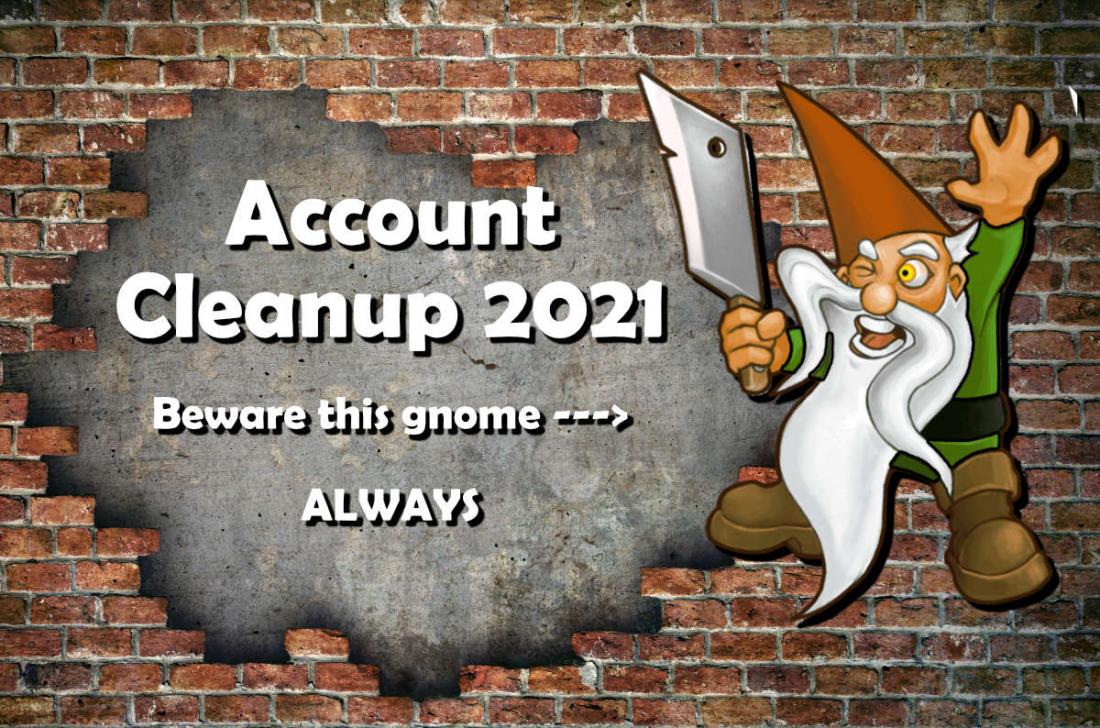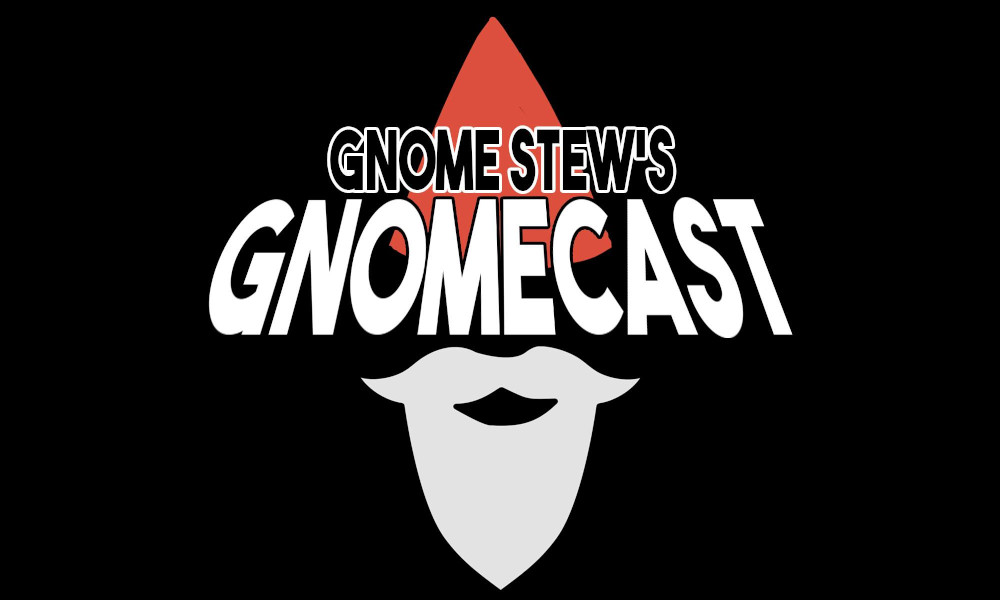
This time around, I’m going to talk about the order in which you design your adventures. There are many takes on this, and loads of approaches to use. However, I’m going to focus in on what works for me. If it works for you, great! If you give it a try, and it doesn’t quite jive with how your creative processes work, that’s fine too.
As you can tell from the title of the article, I’m going to be talking about adventure design in the order of do the back of the book first, then work toward the front of the book, with one exception. I encourage to know where the story starts at a high level. Determine your location, setting, situation, and any NPCs needed for that opening scene. Don’t setup the story hook just yet. That’ll come later because the hook will point the PCs toward the Boss fight and the final scene.
Opening Scene
Figure out where in the world you want the PCs to start. This can be a village, a city, an outpost, a set of ruins, or some place that has a named marker on your overland map. Then, determine the specifics of where in that location you want the PCs to be when they get the hook. This could be a tavern, a temple, the village square, a row of merchants’ tents, or something similar.
Don’t determine your hook yet. The hook is a pointer to the first stop across many navigation points. You’ll need to determine where the PCs are going to go and what they’re going to face prior to pointing them in a direction. Not having your final location and scene determined is like shouting “ROAD TRIP!” and diving into the car without having a map or a plan. Sure, you might have some fun and adventures, but without that map, you’ll soon wonder where you’re going to end up. That’s not the best plan of action when it comes to planning out an adventure for your players.
The Boss
Figure out who the Big Bad Boss of your adventure is going to be. The world is your oyster, but make sure the Boss reflects that mood, tone, and theme of your adventure. If you’re going for a whimsical, humorous story about unrequited love, the Boss should probably not be an eldritch horror from the depths of the ocean. I mean, that could work, but the bar for success will be set very high.
Once you know who the Boss is, determine what they are trying to accomplish. Does the Boss want to perform a ritual to douse the sun for a full month? Does the Boss just want to open a portal to escape to another realm? Does the Boss want to open a gateway to summon horrific creatures from a far realm into the local area? Does the Boss want to take over a local trade route to make some coin? Perhaps the Boss is a spurned lover of a local NPC, and the Boss just wants to make that NPCs life as miserable as possible.
Whatever they are trying to do, it is paramount to also document why the Boss is trying to accomplish their goals. This motivation will allow you to adjust the Boss’s goals and approaches when the party gets in the way of the goals. A good Boss has a backup plan.
The Lieutenants
Once you know your Boss, go out and create or find appropriate Lieutenants for the adventure. It’s pretty rare that the party will beeline from the opening scene to the final location to confront the Boss. There are going to be obstacles, side treks, mini-quests, and other things to pull the party aside from going straight to the Boss’s lair and putting a good whippin’ on them. This is where the Lieutenants come into play. Depending on the length of your adventure, find some varied Lieutenants for the party to work their way through. A good range of headcount here is 1-3 Lieutenants. You can do more if the adventure is longer of if the party is going to encounter more than one Lieutenant in a single location.
The Underlings
All Bosses and Lieutenants need people to give orders to. Otherwise, they’re not very good at their jobs. This is where Underlings come into play. These people and creatures are generally more numerous and weaker in power than the Boss and Lieutenants that you’ve come up with.
Underlings can be absolutely loyal, completely fanatical, swords for hire, or thoroughly unreliable. They can also be a mix of those attributions, so there might be a chance for the PCs to undermine the Boss’s power structure by hiring away, cajoling into cooperation, or dominating into fleeing some groups of Underlings. Straight combat and slaughter of the Underlings will most likely happen in some encounters, but that gets boring if the Underlings’ sole purpose is to sap the PCs’ resources and hit points.
Final Location and Scene
Once you have your power structure of Boss, Lieutenants, and Underlings in place, you’ll need to figure out where the Boss is going to be encountered and who will be with them when the PCs finally arrive on the scene. This location needs to be discoverable by following a trail of clues, information, and signposts (not literally) that the PCs come across throughout the adventure. They need to be able to clearly traverse from the opening scene to the final location.
Document what the final scene will look like. Where is it? What does the room, set of rooms, complex, or arrangement of buildings look like? What’s the exterior and interior made of? Give some good, potent descriptions here of the setting that support your mood, tone, and theme.
Also figure out what else is going on here beyond “The Boss is waiting for the PCs to show up.” Areas always have activities going on, even when the PCs aren’t present. Figure out what those activities are to make your setting pop and come alive.
Work Back to Front
Have you ever cheated at solving a maze? Yeah. You. I’m looking at you. It seems to me that mazes are more difficult to solve if you start at the entrance and work your way to the exit. However, it just seems to be easier to go from the exit toward the entrance. Maybe it’s just me.
Once you have your final location, setting, and scene established, you can work your “adventure maze” backward toward the opening scene. You know where you are at the end. You should have an idea of what information the PCs need to get to that location. Where can they find that information? Build out that new location with proper setting, Lieutenants, Underlings, mood, tone, and theme.
Now you have a new location that the PCs will need information to get to. Where can they find that information? Hey! Now you have yet another location to detail.
Repeat the above process until you’ve followed the trail from back to front to get to the opening scene.
Set the Hook
The location of interest nearest the opening scene in the order of the story arc needs to be pointed to via information. This is your story hook. This is the first piece of pertinent information the party is going to receive. This is probably the most important piece of information the party is going to receive. If they ignore it, dismiss it, don’t latch onto it, or just plain miss it, then the adventure is dead in the water. You don’t want this to happen.
This means your opening salvo of information needs to be timely, pertinent to the PCs, actionable, achievable, and not too horribly risky at first glance. Once you have momentum in the story, your future bits of information can be helpful in nature, but if you can make each piece of information along the way as vital to the PCs as the opening story hook, all the better.
Up Next!
Next month, I’ll be talking more about backgrounds and factions. These will help you out in creating and setting that initial hook. If you have proper backgrounds and factions in place for the players to incorporate into their characters, then you can even develop multiple hooks for the various backgrounds and factions that all point in the same direction. This will make the start of your game even more potent! More on that next month, though.
















